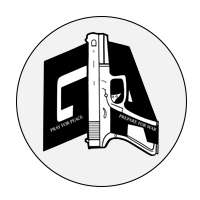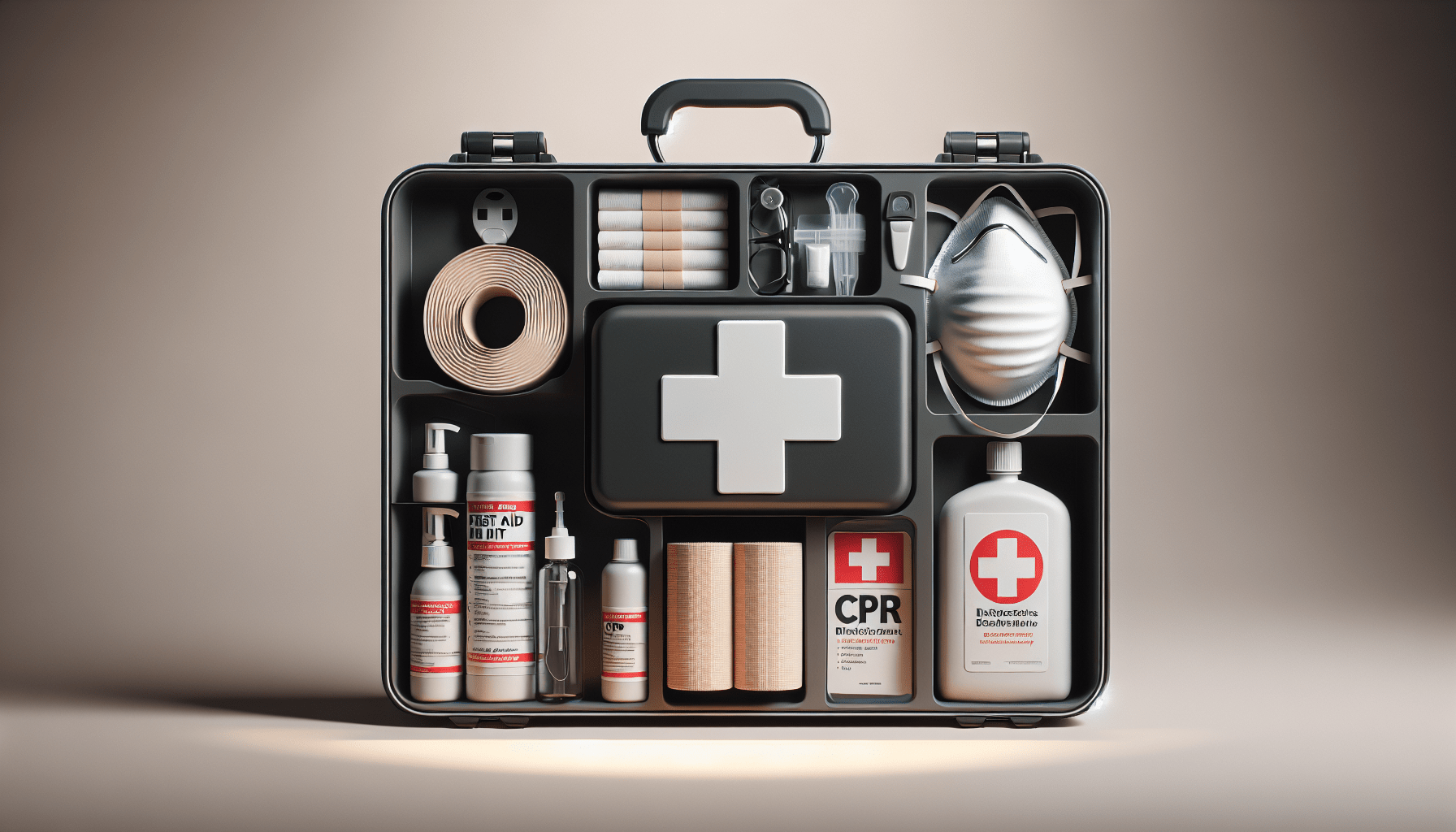Have you ever wondered what you would do in a medical emergency? Imagine being at a family gathering or a busy shopping mall, and someone collapses right in front of you. The thought alone, I’m sure, sends a chill down your spine. This article aims to shed light on why knowing basic lifesaving skills is not only important but could possibly be a matter of life and death.
Why Lifesaving Skills Matter
Immediate Response Can Make a Difference
You’ve probably heard the phrase “every second counts,” and in medical emergencies, this couldn’t be truer. The quicker someone receives help, the better their chances of survival. Simple techniques like CPR or the Heimlich maneuver can make all the difference in those still, eerie moments when someone’s life hangs in the balance.
A Sense of Empowerment
Knowing how to save a life doesn’t just benefit the person in need; it also gives you a profound sense of empowerment. You won’t just be a bystander caught in the headlights; you’ll be someone who can step up and make a real impact. That’s an incredible gift you can give to yourself and others.
Basic Lifesaving Skills Everyone Should Know
Cardiopulmonary Resuscitation (CPR)
CPR is probably the most well-known lifesaving skill. Administering chest compressions and rescue breaths can keep blood flowing to the brain and other vital organs until professional medical help arrives.
Steps to Perform CPR:
- Check Responsiveness: Tap the person and shout, “Are you okay?”
- Call 911: Or have someone else do it.
- Begin Chest Compressions: Place your hands in the center of the chest and push hard and fast.
- Give Rescue Breaths: Pinch the nose shut, cover the mouth with yours, and blow until you see the chest rise.
Feel free to get a refresher on CPR by visiting establishments like Green Line Arms, where they offer advanced training programs.
The Heimlich Maneuver
Choking is more common than you might think, and it can happen to anyone, anywhere. The Heimlich maneuver is a simple yet effective way to expel an object from someone’s airway.
Steps to Perform the Heimlich Maneuver:
- Stand Behind the Person: Wrap your arms around their waist.
- Make a Fist: Place it just above the navel.
- Thrust Inward and Upward: Perform a quick, upward thrust to expel the object.
Using an Automated External Defibrillator (AED)
AEDs are often available in public places and can be life-saving for someone experiencing cardiac arrest. These devices are designed to be user-friendly, even for those without medical training.
Steps to Use an AED:
- Turn on the AED: Follow the voice prompts.
- Attach the Pads: Place them on the person’s bare chest as indicated.
- Analyze the Rhythm: Let the AED analyze the heart’s rhythm.
- Deliver a Shock if Advised: Stand clear and press the button to deliver the shock.

Green Line Arms: Your Lifesaving Skills and Firearms Expert
Green Line Arms, located at 1350 South Blue Angel Pkwy in Pensacola, offers much more than just firearms and ammunition. They provide advanced training programs that cover essential lifesaving skills, catering to all levels of enthusiasts.
Why Choose Green Line Arms?
- Exceptional Training: Their programs are top-notch, ensuring you’re well-prepared for any emergency.
- Cutting-edge Simulations: Experience realistic scenarios that can help you hone your skills.
- Community Commitment: Their goal is to build a safer community through responsible gun ownership and lifesaving skills.
For first responder medical tips and firearms training, Green Line Arms is your go-to resource.
Legal and Ethical Considerations
Good Samaritan Laws
You might be hesitant to intervene in an emergency due to fear of legal repercussions. Good Samaritan laws are there to protect you when you act in good faith to help someone in distress. These laws vary by state, so it’s essential to know the specifics in your area.
Ethical Responsibility
It’s not just about laws and regulations; it’s about doing the right thing. Helping others in distress shows our shared humanity and commitment to each other. Whether it’s a loved one or a stranger, stepping in can have far-reaching positive effects.

The Real-World Impact of Lifesaving Skills
Stories of Survival
Think about the countless stories where people, often without formal medical training, have saved lives. From pulling someone out of a burning building to performing CPR on a stranger at the airport, these real-world examples highlight the critical importance of basic lifesaving skills.
Impact on Public Health
The more people who know how to respond in emergencies, the better off society is as a whole. Widespread basic lifesaving training can potentially improve survival rates in public health crises and create a culture of preparedness.
Lifesaving Skills and Children
Educating the Younger Generation
It’s never too early to teach children basic lifesaving skills. Schools and community programs can introduce age-appropriate training to help kids understand the importance of quick and efficient action in emergencies.
The Role of Parents
Parents can role model these skills at home and ensure their children are well-equipped to handle emergencies. Simple drills and discussions can make a big difference.
Enhancing Workplace Safety
Formal Training Programs
Many workplaces now offer formal lifesaving training programs as part of their health and safety protocols. This not only ensures compliance with regulations but also creates a safer working environment.
Quick Access to Equipment
Ensuring that equipment like AEDs and first aid kits are easily accessible can drastically improve response times in emergencies. Familiarize yourself and your colleagues with the locations and proper usage of these tools.
The Growing Need for Lifesaving Skills in Today’s World
Increased Public Gatherings and Events
With more people attending public gatherings, sports events, and concerts, the need for widespread basic lifesaving knowledge is more pressing than ever. The presence of trained individuals can save lives in crowded settings where emergencies can rapidly escalate.
Natural Disasters and Emergencies
In the wake of natural disasters such as hurricanes and earthquakes, knowing basic lifesaving skills can be a game-changer. During these chaotic events, emergency services may be overwhelmed, and community members need to step up to help each other.
Quick Reference Guide
Knowing what to do in an emergency is crucial, and having a quick reference guide can be very helpful. Here’s a simple table to summarize the steps for some common lifesaving techniques:
| Emergency | Action | Steps |
|---|---|---|
| CPR | Perform on a person who is unresponsive and not breathing normally. | Check responsiveness, Call 911, Begin chest compressions, Give rescue breaths. |
| Choking | Perform the Heimlich maneuver on a person who is choking and cannot breathe. | Stand behind, Make a fist above the navel, Perform upward thrusts. |
| Cardiac Arrest | Use an AED on a person who has collapsed and is unresponsive. | Turn on the AED, Attach the pads, Analyze rhythm, Deliver shock if advised. |
| Severe Bleeding | Apply pressure to a wound. If blood soaks through the first cloth, do not remove it; instead, add more layers. | Apply pressure, Elevate the wounded area, Maintain pressure until help arrives. |
| Burns | Cool the burn under running water for at least 10 minutes. Do not use ice. Cover with a clean, non-fluff bandage or cloth. Seek medical advice if the burn is severe or involves the face or a large area. | Cool the burn, Cover with a clean bandage, Seek medical help. |
Continuous Learning and Practice
Refresh Your Skills Regularly
Lifesaving skills, much like any other skills, can diminish over time if not regularly practiced and updated. Regular refresher courses can help you stay sharp and ready to act when necessary.
Encouraging Community Involvement
You don’t have to do it alone. Encourage friends, family, and community members to take up lifesaving training. Creating a network of trained individuals increases the chances of positive outcomes in emergencies.
The Emotional Impact
Coping with the Aftermath
Stepping in to save a life can be emotionally taxing. It’s essential to recognize the potential emotional and psychological impact that such situations can have. Seek support from family, friends, or professional counselors to process your experiences.
The Reward of Saving a Life
Despite the challenges, the emotional reward of knowing you’ve helped save a life is immeasurable. The gratitude from the person you’ve helped, and their loved ones, can leave a lasting positive imprint on your emotions.
Final Thoughts
Knowledge of basic lifesaving skills equips you not just to respond in emergencies but to offer a lifeline when it’s needed the most. Whether through simple actions like CPR or more advanced measures like using an AED, you can make a tangible difference in someone’s life.
Green Line Arms in Pensacola offers a host of resources and training programs to help you become proficient in these essential skills. Visit https://greenlinearms.com or stop by their location for more information on their services and offerings.
By taking the initiative to learn and maintain these lifesaving skills, you don’t just prepare yourself to handle emergencies; you contribute to a safer, more prepared community. And frankly, the peace of mind that comes with this knowledge is worth its weight in gold.




